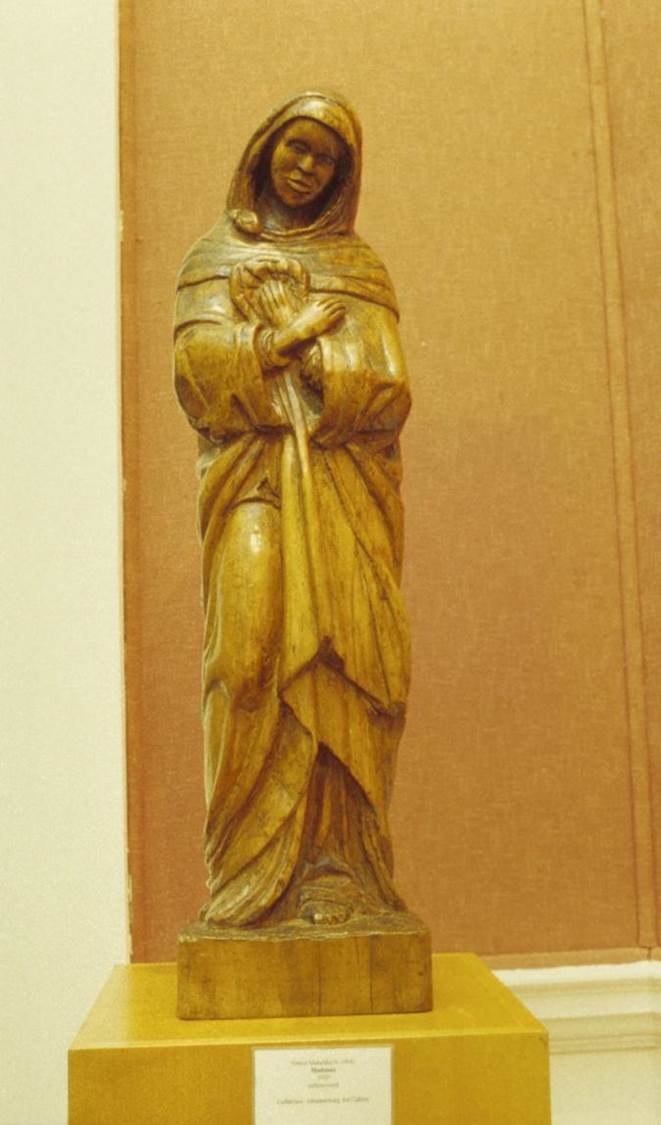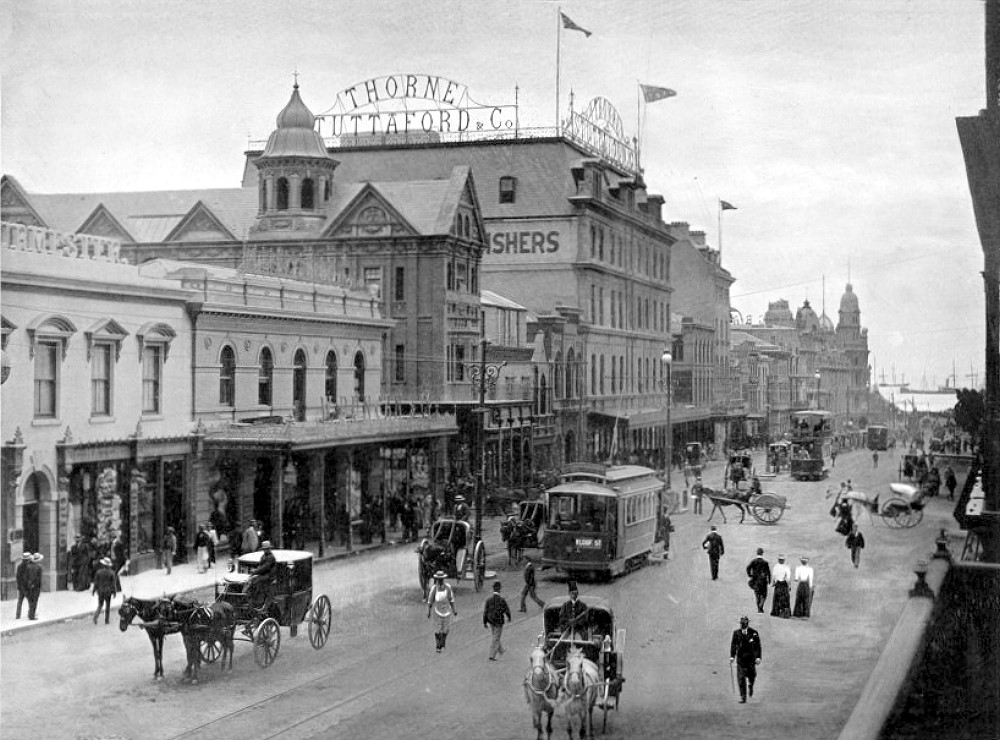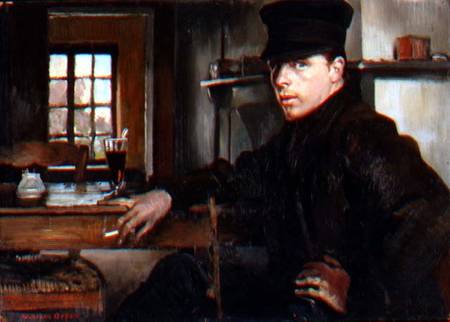|
Gerard Sekoto
Gerard Sekoto (9 December 1913 – 20 March 1993), was a South African artist and musician. He is recognised as a pioneer of urban culture, urban black art and social realism. His work was exhibited in Paris, Stockholm, Venice, Washington, D.C., Washington, and Senegal, as well as in South Africa. Early life Sekoto was born on 9 December 1913 at the Lutheran Mission Station in Botshabelo, Mpumalanga, Botshabelo, near Middelburg, Mpumalanga, Middelburg, Eastern Transvaal Province, Transvaal (now known as Mpumalanga). He was the son of Andreas Sekoto, a leading member of the new Christian converts. Sekoto was schooled at Wonderhoek, which was established by his father, a priest and teacher. As the son of a missionary, he experienced music as a part of his life and was introduced to the family Pump organ, harmonium at an early age. As a child, Sekoto would draw with chalk, paper, and colored pencils. His art skills emerged in his teenage years, when he attended the Diocesan Teach ... [...More Info...] [...Related Items...] OR: [Wikipedia] [Google] [Baidu] |
Botshabelo, Mpumalanga
Botshabelo ("place of refuge" in the Northern Sotho language) in the district of Middelburg, in Mpumalanga Province, South Africa, originated as a mission station established by Alexander Merensky of the Berlin Missionary Society (BMS), in February 1865 in what was then the Transvaal Republic (ZAR). Merensky had fled with a small number of parishioners following the attacks on his previous mission station, Ga-Ratau, by the soldiers of Sekhukhune, the king of the baPedi. Within a year of having established the mission station, the population had grown to 420 persons. The BMS focused on providing schooling and bringing the gospel to people in their own language. Hence the Society’s missionaries were often at the forefront of publishing Bible translations, dictionaries and grammars in indigenous languages. It was as part of this process that Africans, duly trained and sometimes salaried, were accepted into the Society as teachers, catechists and lay-preachers, the so-called ''N ... [...More Info...] [...Related Items...] OR: [Wikipedia] [Google] [Baidu] |
Ernest Mancoba
Ernest (Methuen) Mancoba (29 August 1904 – 25 October 2002) was an avant-garde artist, born in Transvaal Colony, who spent the majority of his life in Europe. He was probably South Africa's first professional Black modern artist, and exhibited from the late 1920s onward. Biography Early life Ernest Methuen Mancoba was born in Turffontein, Johannesburg, Transvaal Colony on 29 August 1904. Born the son of a miner, Mancoba grew up on the Rand and was eventually sent to Grace Dieu near Pietersburg for his secondary schooling by his uncle, an Anglican minister. After graduating, he was hired at Grace Dieu as a language teacher in 1924. Career and Early Education (Pre-Exile) Mancoba's interest in art began in 1925 with the arrival of an adjunct teacher named Ned Paterson at Grace Dieu. Paterson, a recent art school graduate preparing for the ministry, introduced wood carving and gained a following among those at Grace Dieu who were artistically inclined. Initially Mancoba p ... [...More Info...] [...Related Items...] OR: [Wikipedia] [Google] [Baidu] |
Jazz
Jazz is a music genre that originated in the African-American communities of New Orleans, Louisiana in the late 19th and early 20th centuries, with its roots in blues and ragtime. Since the 1920s Jazz Age, it has been recognized as a major form of musical expression in traditional and popular music. Jazz is characterized by swing and blue notes, complex chords, call and response vocals, polyrhythms and improvisation. Jazz has roots in European harmony and African rhythmic rituals. As jazz spread around the world, it drew on national, regional, and local musical cultures, which gave rise to different styles. New Orleans jazz began in the early 1910s, combining earlier brass band marches, French quadrilles, biguine, ragtime and blues with collective polyphonic improvisation. But jazz did not begin as a single musical tradition in New Orleans or elsewhere. In the 1930s, arranged dance-oriented swing big bands, Kansas City jazz (a hard-swinging, bluesy, improvisationa ... [...More Info...] [...Related Items...] OR: [Wikipedia] [Google] [Baidu] |
World War II
World War II or the Second World War, often abbreviated as WWII or WW2, was a world war that lasted from 1939 to 1945. It involved the World War II by country, vast majority of the world's countries—including all of the great powers—forming two opposing military alliances: the Allies of World War II, Allies and the Axis powers. World War II was a total war that directly involved more than 100 million Military personnel, personnel from more than 30 countries. The major participants in the war threw their entire economic, industrial, and scientific capabilities behind the war effort, blurring the distinction between civilian and military resources. Air warfare of World War II, Aircraft played a major role in the conflict, enabling the strategic bombing of population centres and deploying the Atomic bombings of Hiroshima and Nagasaki, only two nuclear weapons ever used in war. World War II was by far the List of wars by death toll, deadliest conflict in hu ... [...More Info...] [...Related Items...] OR: [Wikipedia] [Google] [Baidu] |
Pretoria
Pretoria () is South Africa's administrative capital, serving as the seat of the executive branch of government, and as the host to all foreign embassies to South Africa. Pretoria straddles the Apies River and extends eastward into the foothills of the Magaliesberg mountains. It has a reputation as an academic city and center of research, being home to the Tshwane University of Technology (TUT), the University of Pretoria (UP), the University of South Africa (UNISA), the Council for Scientific and Industrial Research (CSIR), and the Human Sciences Research Council. It also hosts the National Research Foundation and the South African Bureau of Standards. Pretoria was one of the host cities of the 2010 FIFA World Cup. Pretoria is the central part of the City of Tshwane Metropolitan Municipality which was formed by the amalgamation of several former local authorities, including Bronkhorstspruit, Centurion, Cullinan, Hammanskraal and Soshanguve. Some have proposed ch ... [...More Info...] [...Related Items...] OR: [Wikipedia] [Google] [Baidu] |
Cape Town
Cape Town ( af, Kaapstad; , xh, iKapa) is one of South Africa's three capital cities, serving as the seat of the Parliament of South Africa. It is the legislative capital of the country, the oldest city in the country, and the second largest (after Johannesburg). Colloquially named the ''Mother City'', it is the largest city of the Western Cape province, and is managed by the City of Cape Town metropolitan municipality. The other two capitals are Pretoria, the executive capital, located in Gauteng, where the Presidency is based, and Bloemfontein, the judicial capital in the Free State, where the Supreme Court of Appeal is located. Cape Town is ranked as a Beta world city by the Globalization and World Cities Research Network. The city is known for its harbour, for its natural setting in the Cape Floristic Region, and for landmarks such as Table Mountain and Cape Point. Cape Town is home to 66% of the Western Cape's population. In 2014, Cape Town was named the ... [...More Info...] [...Related Items...] OR: [Wikipedia] [Google] [Baidu] |
District Six
District Six (Afrikaans ''Distrik Ses'') is a former inner-city residential area in Cape Town, South Africa. Over 60,000 of its inhabitants were forcibly removed during the 1970s by the apartheid regime. The area of District Six is now partly divided between the suburbs of Walmer Estate, Zonnebloem, and Lower Vrede, while the rest is generally undeveloped land. Creation and destruction The area was named in 1966 as the ''Sixth Municipal District of Cape Town''. The area began to grow after the freeing of the enslaved in 1833. The District Six neighbourhood is bounded by Sir Lowry Road on the north, Buitenkant Street to the west, Philip Kgosana Drive on the south and Mountain Road to the East. By the turn of the century it was already a lively community made up of former slaves, artisans, merchants and other immigrants, as well as many Malay people brought to South Africa by the Dutch East India Company during its administration of the Cape Colony. It was home to almos ... [...More Info...] [...Related Items...] OR: [Wikipedia] [Google] [Baidu] |
Johannesburg Art Gallery
The Johannesburg Art Gallery is an art gallery in Joubert Park in the city centre of Johannesburg, South Africa. It is the largest gallery on the continent with a collection that is larger than that of the Iziko South African National Gallery in Cape Town. The building, which was completed in 1915, was designed by Sir Edwin Lutyens, with Robert Howden working as supervising architect, and consists of 15 exhibition halls and sculpture gardens. It houses collections of 17th-century Dutch paintings, 18th- and 19th-century British and European art, 19th-century South African works, a large contemporary collection of 20th-century local and international art, and a print cabinet containing works from the 15th century to the present. Collection The initial collection was put together by Sir Hugh Lane, and exhibited in London in 1910 before being brought to South Africa. Florence, Lady Phillips, an art collector and wife of mining magnate Lionel Phillips, established the first ... [...More Info...] [...Related Items...] OR: [Wikipedia] [Google] [Baidu] |
Sophiatown
Sophiatown , also known as Sof'town or Kofifi, is a suburb of Johannesburg, South Africa. Sophiatown was a black cultural hub that was destroyed under apartheid, It produced some of South Africa's most famous writers, musicians, politicians and artists. Rebuilt under the name of Triomf, and in 2006 officially returned to its original name. Sophiatown was one of the oldest black areas in Johannesburg and its destruction represents some of the excesses of South Africa under apartheid. History Sophiatown was originally part of the Waterfall farm. Over time it included the neighbouring areas of Martindale and Newclare. It was purchased by a speculator, Hermann Tobiansky, in 1897. He acquired 237 acres four miles or so west of the centre of Johannesburg. The private leasehold township was surveyed in 1903 and divided into almost 1700 small stands. The township was named after Tobiansky's wife, Sophia, and some of the streets were named after his children Toby, Gerty, Bertha a ... [...More Info...] [...Related Items...] OR: [Wikipedia] [Google] [Baidu] |
Johannesburg
Johannesburg ( , , ; Zulu language, Zulu and xh, eGoli ), colloquially known as Jozi, Joburg, or "The City of Gold", is the largest city in South Africa, classified as a Megacity#List of megacities, megacity, and is List of urban areas by population, one of the 100 largest urban areas in the world. According to Demographia, the Johannesburg–Pretoria urban area (combined because of strong transport links that make commuting feasible) is the 26th-largest in the world in terms of population, with 14,167,000 inhabitants. It is the provinces of South Africa, provincial capital and largest city of Gauteng, which is the wealthiest province in South Africa. Johannesburg is the seat of the Constitutional Court of South Africa, Constitutional Court, the highest court in South Africa. Most of the major South African companies and banks have their head offices in Johannesburg. The city is located in the mineral-rich Witwatersrand range of hills and is the centre of large-scale gold and ... [...More Info...] [...Related Items...] OR: [Wikipedia] [Google] [Baidu] |








